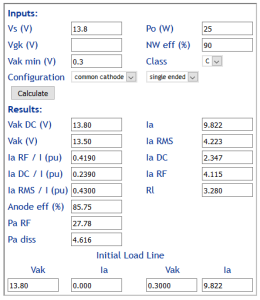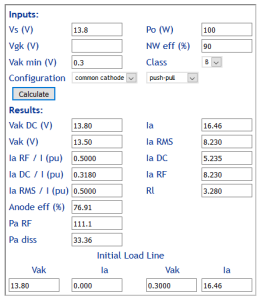At Improved cooling for the MFJ-949E I described a modification to the ATU to improve its cooling using a fan and run on timer.
The run on timer described was based on a Chinese STC15F104E DIP8 8051 like microcontroller.
Because the programming tools for the STC chips work so poorly, and the lack of documentation of their protocol, there is no simple way to update only the calibration data in EEPROM. I have ported the algorithm to an ATTINY25 which doesn’t cost a lot more but had a much better development environment and a range of tools to allow EEPROM update without overwriting the FLASH image, and as well it will run my bootloader, ATB.
This article describes a generic run on timer based on an Atmel AVR chip, a ATTINY25 though the code will also run in ATTINY45 and ATTINY85.
The circuit is very simple, the DC output from the forward power detector is connected to the input pin which turns the BC548C transistor on at input voltage greater than about 0.7V. The high value of base resistor ensures very light loading of the forward power detector.
Continue reading A generic run on timer using an ATTINY25













